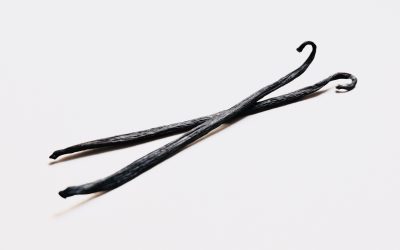Gelatine is a staple product in baking, with uses in jellies and dessert items. Understanding how to use gelatine in the forms it is available is very important, as it can cause significant problems in your finished products if you do not use the gelatine properly. It is important to understand what exactly gelatine actually is, and how it affects the products it is used in. Gelatine is a flavourless and colourless ingredients traditionally derived from collagen taken from animal parts, sometimes referred to as hydrolyzed collagen. Gelatine sheets are the most common format for baking uses, and take the form of a brittle sheet when dry, that becomes gummy when wet.
Sheet gelatine is often seen as the easiest form of gelatine to use, as it relies less on specific measurements as the sheets are standardised and often recipes will be written with leaf gelatine as the standard unit of measurement for setting agents. It is a common shorthand to remember, if the liquid you are trying to set is the same consistency as water then it will take 4 leaves of sheet gelatine to set it per 1 pint of liquid.
Leaf gelatine needs to be prepared before being used, which is done very simply by saturating the sheets into water to allow them to soften from their hard state to the gummy texture required.
It is important when using leaf gelatine to remember that the gelatine will not be effective unless it is fully dissolved into the product in question. This is often done using the warmth of the product, like for example in a jelly you would warm the syrup and then add the soaked gelatine leaves into the mix and then whisk well until it has fully dissolved. You would then allow the mixture to cool and then refrigerate which would cause the jelly to fully set. If the gelatine does not fully dissolve then you must remember to pass the mixture, as any remaining strands of gelatine will cause an undesirable texture in the finished product.
When using gelatine you must remember that the setting process requires a cold temperature, like a fridge, so when setting a product like a jelly remember that you won’t see a fully set texture unless the item is refrigerated.


